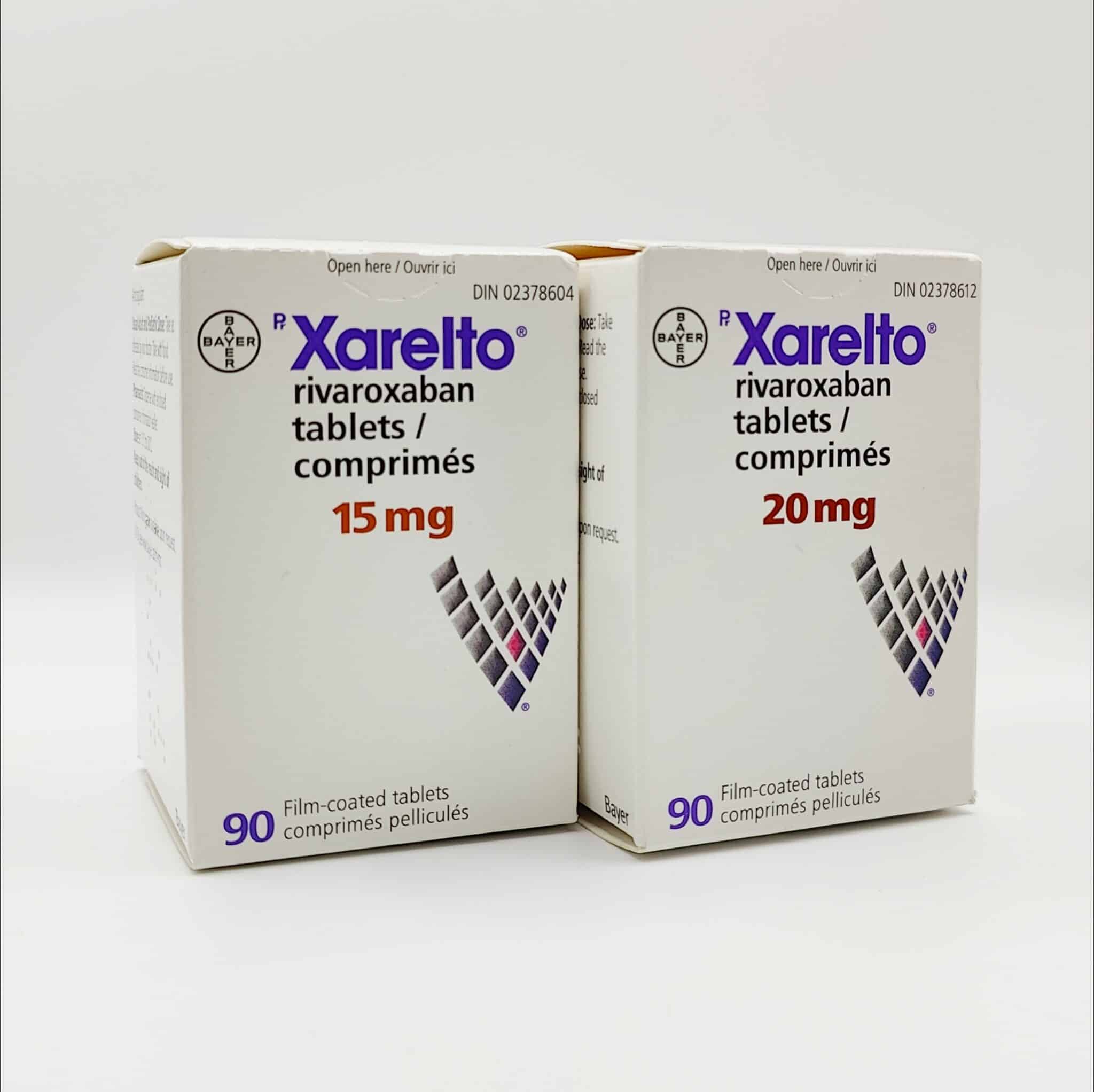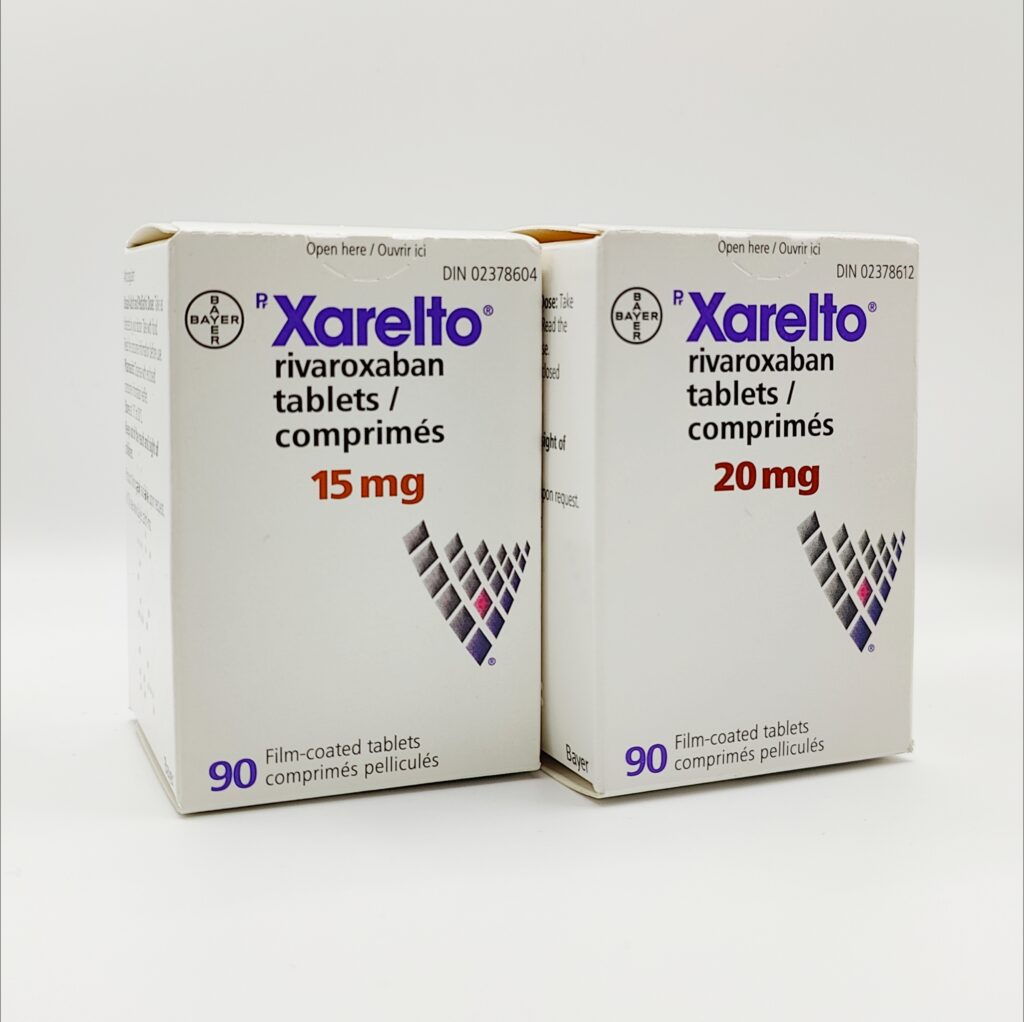Xarelto and Surgery: When to Stop and Restart Your Medication
Xarelto and Surgery: When to Stop and Restart Your Medication
- Jason K
If you’re taking Xarelto (rivaroxaban) for a condition like atrial fibrillation, a history of blood clots, or after surgery, it’s important to understand how to manage your medication when you’re planning a surgical procedure or invasive medical test. Because Xarelto is a blood thinner, it increases the risk of bleeding—especially during and after surgery.
This guide will help you understand when to stop and restart Xarelto around surgery, the risks involved, and why it’s essential to follow your doctor’s instructions carefully.
What Is Xarelto and Why Does It Matter Before Surgery?
Xarelto is an oral anticoagulant (blood thinner) used to:
Prevent stroke in patients with atrial fibrillation
Treat or prevent deep vein thrombosis (DVT) or pulmonary embolism (PE)
Reduce the risk of recurrent blood clots
Prevent blood clots after hip or knee replacement surgery
Xarelto works by blocking Factor Xa, an enzyme involved in blood clotting. While this helps prevent dangerous clots, it also means you’re at higher risk for bleeding—especially during surgical procedures.
⏱ When Should You Stop Taking Xarelto Before Surgery?
The timing depends on:
The type of surgery or procedure (low vs. high bleeding risk)
Your kidney function (since Xarelto is cleared partly by the kidneys)
General Guidelines:
For low-risk procedures (e.g., minor dental work, dermatology procedures): You may only need to stop 24 hours before the procedure.
For moderate to high-risk surgeries (e.g., joint replacement, abdominal surgery, spinal procedures): You may need to stop 48–72 hours before surgery.
Your doctor will make the decision based on your individual risk profile. Do not stop Xarelto without your provider’s advice, as stopping too early or too late can cause serious complications.
⚠️ What Happens If You Don’t Stop Xarelto in Time?
If Xarelto is still active in your system during surgery:
You could experience serious bleeding during or after the procedure
It may be difficult for the surgical team to control bleeding
You might need a blood transfusion or extended hospitalization
If you stop Xarelto too early without bridging therapy (such as a short-term blood thinner like heparin), you could also face an increased risk of blood clots or stroke, especially if you have a high-risk condition like AFib.
✅ When Can You Restart Xarelto After Surgery?
You should only restart Xarelto after your doctor confirms it’s safe to do so.
General Recommendations:
For low-bleeding-risk procedures: You may resume Xarelto 6–12 hours post-surgery, assuming there’s no active bleeding.
For high-bleeding-risk procedures: Your doctor may wait 48–72 hours to restart the medication, depending on your bleeding status and recovery.
Some patients may need a bridging anticoagulant before restarting Xarelto, especially if they’re at high risk of clotting and the restart is delayed.
What About Minor Procedures Like Dental Work or Skin Biopsies?
In many cases, Xarelto may not need to be stopped for very minor procedures, especially if:
Bleeding risk is low
The procedure site is easily compressible
You’re closely monitored during and after
However, your dentist or specialist should always know you’re on Xarelto so they can take precautions.
Tips for Managing Xarelto Around Surgery
🗓 Schedule a medication review as soon as you know you have surgery coming up
🔄 Follow exact timing instructions for stopping and restarting
⚖️ Balance clotting and bleeding risks with your healthcare team
🧾 Bring a list of all medications to your pre-op appointment
Want to Save on Xarelto Before or After Surgery?
If you’re paying out-of-pocket or your insurance doesn’t cover Xarelto, consider ordering from Canada through Over the Border Meds. You can legally import up to a 90-day supply for personal use and save significantly.
Brand-name Xarelto and generic rivaroxaban are available
U.S. prescriptions accepted
No insurance required
Coupon code Hello10 gives 10% off your first order
🔚 Final Thoughts
Xarelto and surgery don’t mix well without a plan. The key is timing—knowing when to stop and restart under your doctor’s supervision.
Stopping Xarelto too late may increase your bleeding risk. Restarting too early may increase your risk of blood clots. Always work closely with your healthcare team and follow all instructions to protect your health.
And if you’re looking to reduce your out-of-pocket costs for Xarelto or generic rivaroxaban, Over the Border Meds can help you safely access lower-cost options from Canada.


